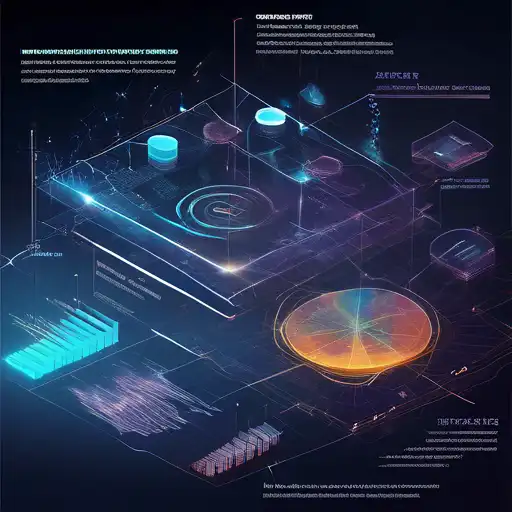Introduction to Data Visualization
In the era of big data, the ability to visualize complex datasets in an understandable and actionable manner is invaluable. Data visualization techniques transform raw data into visual contexts, such as charts, graphs, and maps, making the data more accessible and easier to analyze. This article explores the most effective data visualization techniques that can help you unlock deeper insights from your data.
Why Data Visualization Matters
Data visualization is not just about making data look pretty; it's about making data work for you. By presenting data visually, you can identify trends, patterns, and outliers that might go unnoticed in text-based data. This can lead to better decision-making, improved customer insights, and a competitive edge in the market.
Top Data Visualization Techniques
Here are some of the most powerful data visualization techniques that can help you gain better insights:
- Bar Charts: Ideal for comparing quantities across different categories.
- Line Graphs: Perfect for tracking changes over time.
- Pie Charts: Best for showing proportions within a whole.
- Scatter Plots: Excellent for identifying correlations between two variables.
- Heat Maps: Useful for visualizing complex data like user behavior on websites.
Choosing the Right Visualization Technique
Selecting the appropriate visualization technique depends on the nature of your data and the insights you wish to derive. For instance, if you're looking to compare sales figures across different regions, a bar chart might be most effective. On the other hand, if you're analyzing website traffic sources, a pie chart could provide clearer insights.
Advanced Data Visualization Tools
With advancements in technology, there are now numerous tools available that can help you create sophisticated visualizations. Tools like Tableau, Power BI, and Python's Matplotlib library offer powerful features for creating interactive and dynamic visualizations.
Best Practices for Effective Data Visualization
To ensure your visualizations are as effective as possible, consider the following best practices:
- Keep it simple and avoid clutter.
- Use colors strategically to highlight important data points.
- Ensure your visualizations are accessible to all users, including those with color vision deficiencies.
- Always provide context for your data to make it understandable.
Conclusion
Data visualization is a powerful tool that can transform complex datasets into clear, actionable insights. By mastering the techniques and tools discussed in this article, you can enhance your ability to analyze data and make informed decisions. Remember, the key to effective data visualization lies in choosing the right technique for your data and presenting it in a way that is both engaging and easy to understand.
